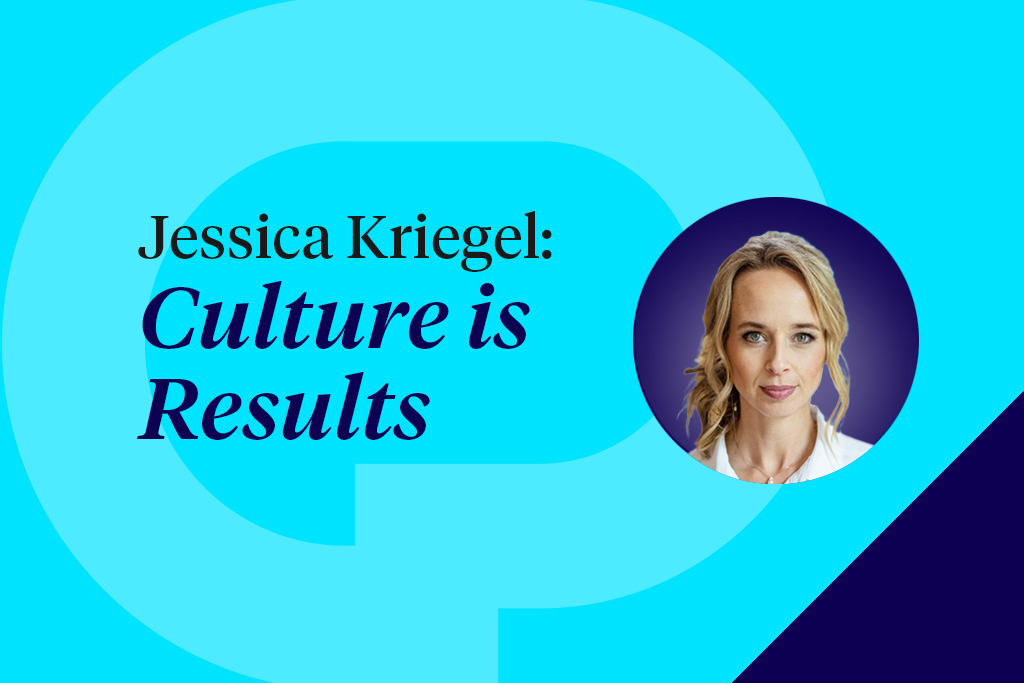How leaders define culture in the workplace is important. It determines how much culture can contribute to organizational results. The more limited the view, the less potential impact it will have. In my capacity as Chief Strategy Officer of Workforce and Labor at Culture Partners, I’ve seen through my research and interactions with leaders how these different interpretations can change the game in terms of deriving maximum benefit from your workplace culture.
Consider the heydays of Silicon Valley. Culture was all about the perks—ping-pong tables, free food, and happy hours. Then initiatives promoting diversity, inclusion, and belonging gave culture new meaning. The pandemic brought empathy and mental wellness to the forefront, followed by an emphasis on increasing employee happiness. And that’s led some to refocus on perks in an effort to crack the culture code for happiness.
The trouble with this approach is that it links culture with feelings and subjective measures. Two employees can have the same experience but walk away with very different impressions and feelings about it. We’ve found that’s not a situation you can control or influence with any real degree of success.
Thinking and Acting Differently is What Powers Results
What you can solve for are the beliefs in your culture. Emotions are reactive, short-term, and unpredictable. Instead, an organization’s cultural beliefs are capable of becoming deeply engrained among employees in direct correlation to management’s effort to both live and reinforce them. When this happens effectively, these beliefs have a much longer-term impact on business outcomes.
That’s why we urge leaders to understand what underlying beliefs are in place today and how they’re manifesting in workplace culture. For example, are your employees doing everything they can to avoid risk when your goal is to promote greater innovation?
Using a framework like The Results Pyramid®, you can connect the experiences your employees are having with the results they’re producing. Are finger-pointing and blame games contributing to risk-aversion? Is siloed thinking interfering with your employees’ ability to innovate? When you begin looking at your culture more holistically, you can change the employee experience so that it supports desired beliefs and results.
The starting point for your leadership team is to identify meaningful, measurable, and memorable key results. Once defined, you can then work to create an experience reinforcing cultural beliefs that lead to right actions and right results. In other words, you activate culture to drive results. When you do, culture serves as the engine to power your transformation efforts.
A Powerful First Step Hinges on Alignment
If you only do one thing now, align your entire organization around your key results—communicating early and often. Based on Culture Partners research, we found that improving the clarity of results improves culture strength by 44%—positioning you to make some noticeable gains.
The combined impact of all levels of The Results Pyramid provides an even bigger boost—improving culture strength by 62%. More important, it offers a model that you can readily adapt to address changing circumstances.
Remember, shifting your strategy is the easy part. But it’s shifting your culture that makes the difference. If your employees don’t think and act differently, you won’t see desired results.




